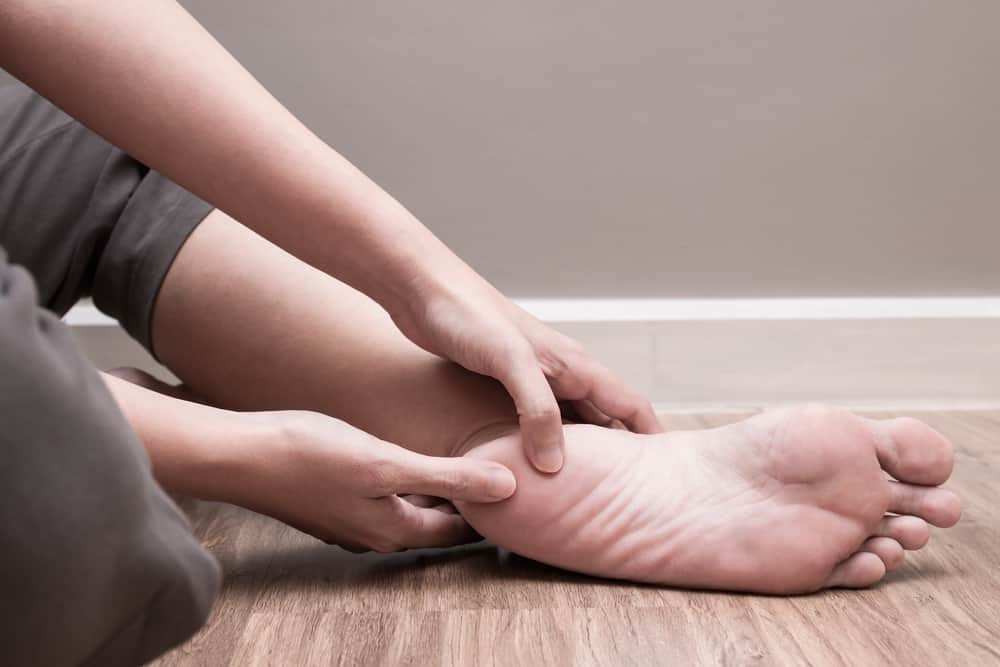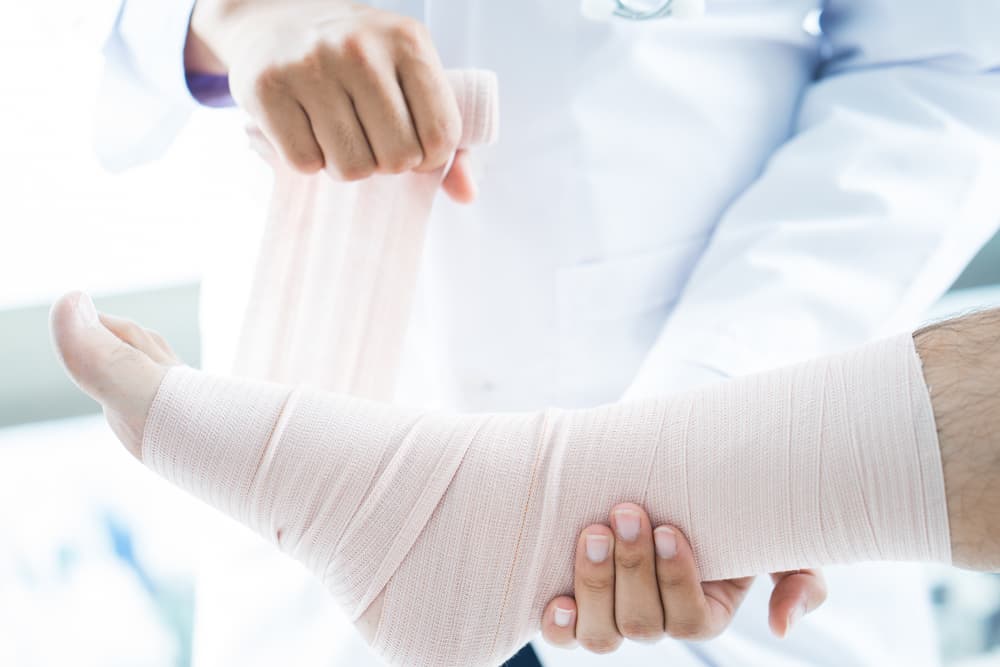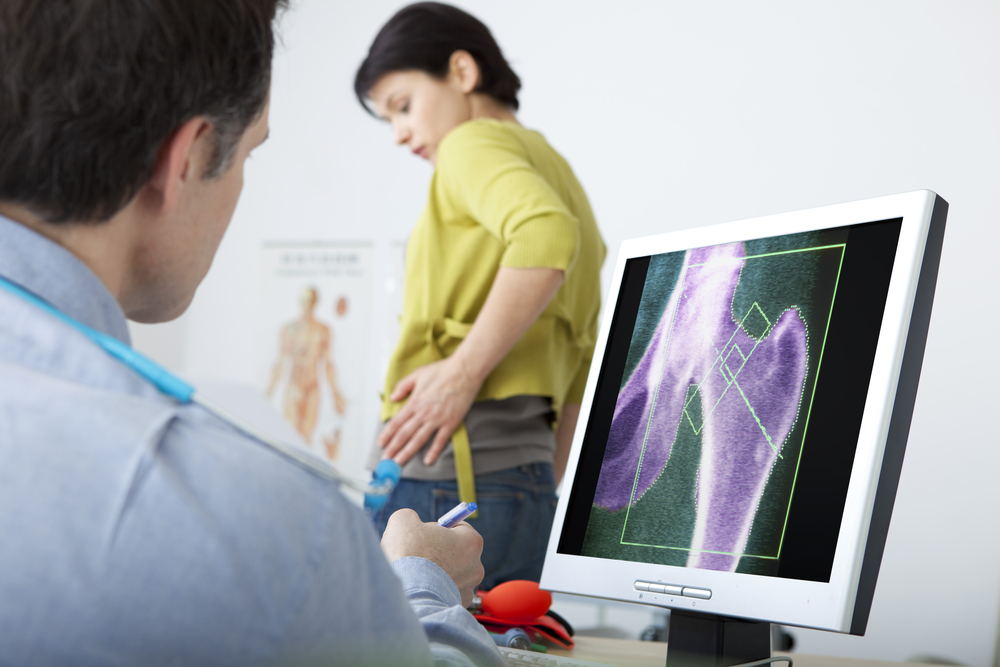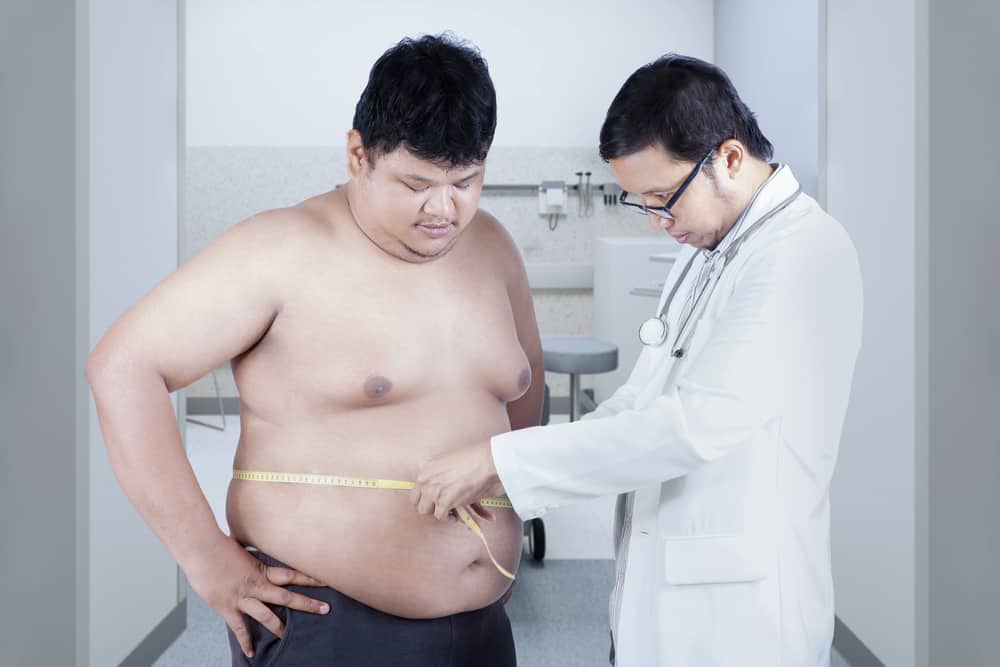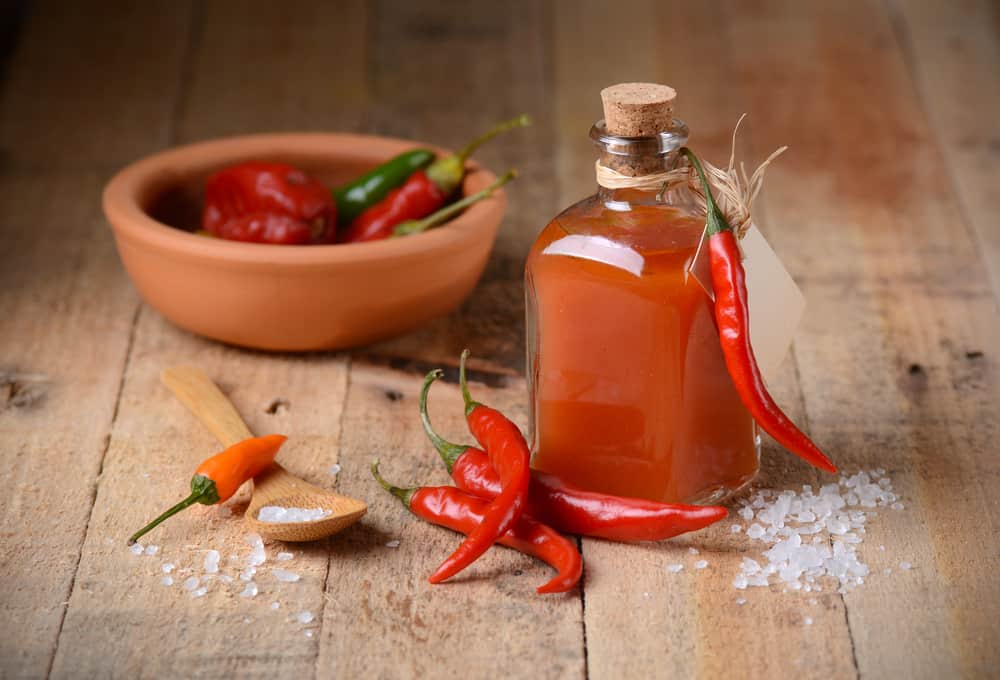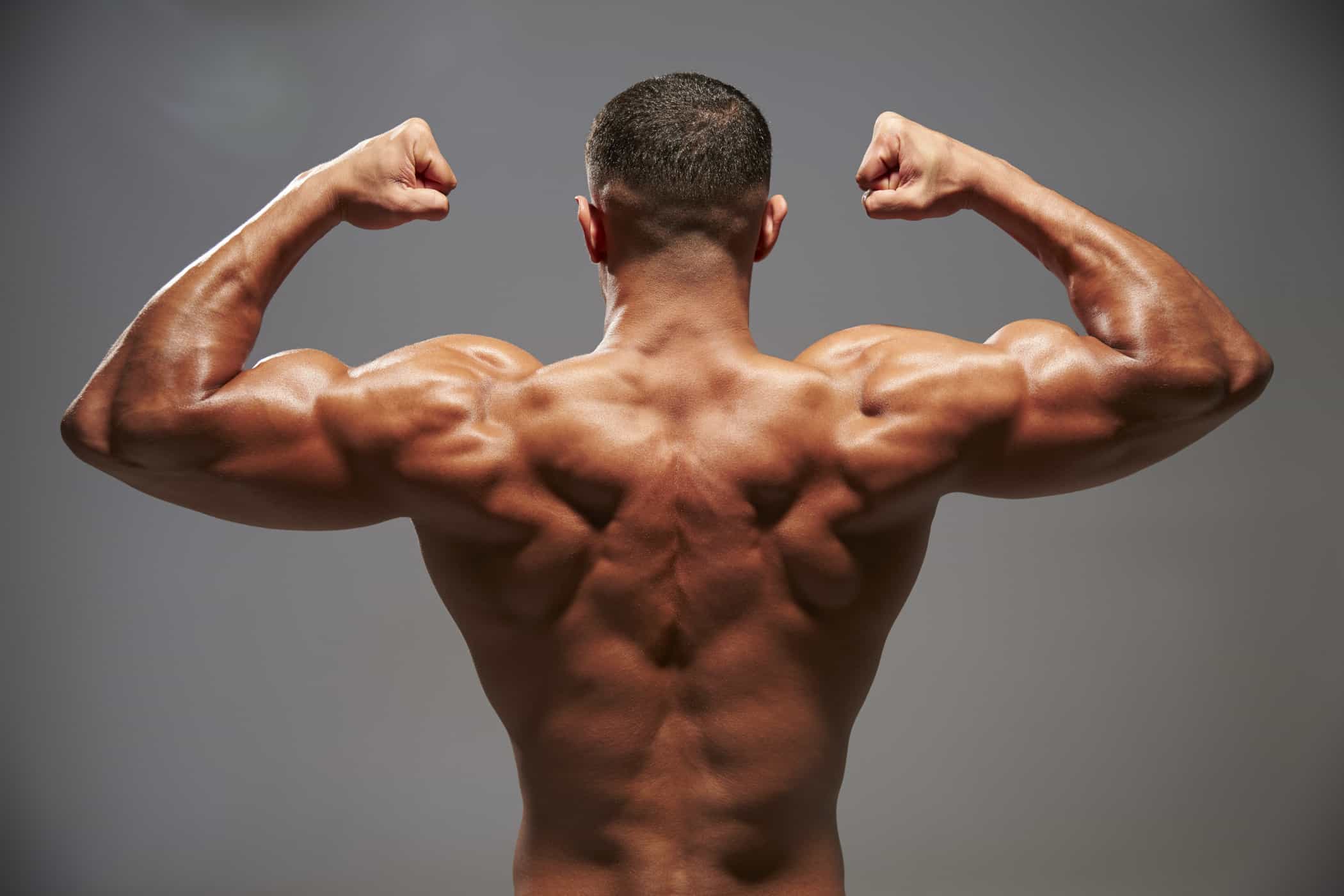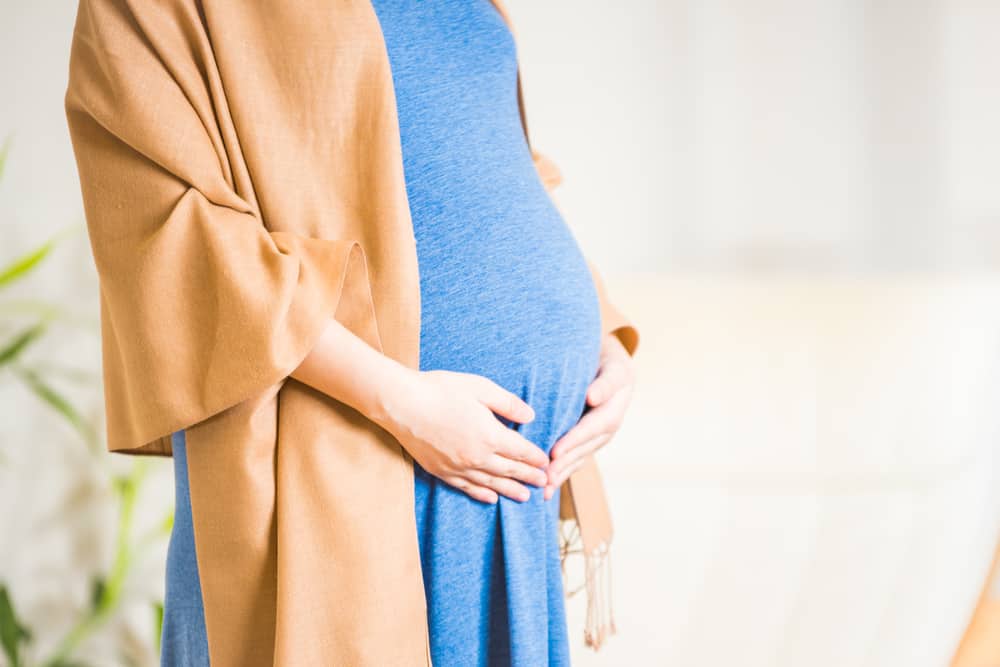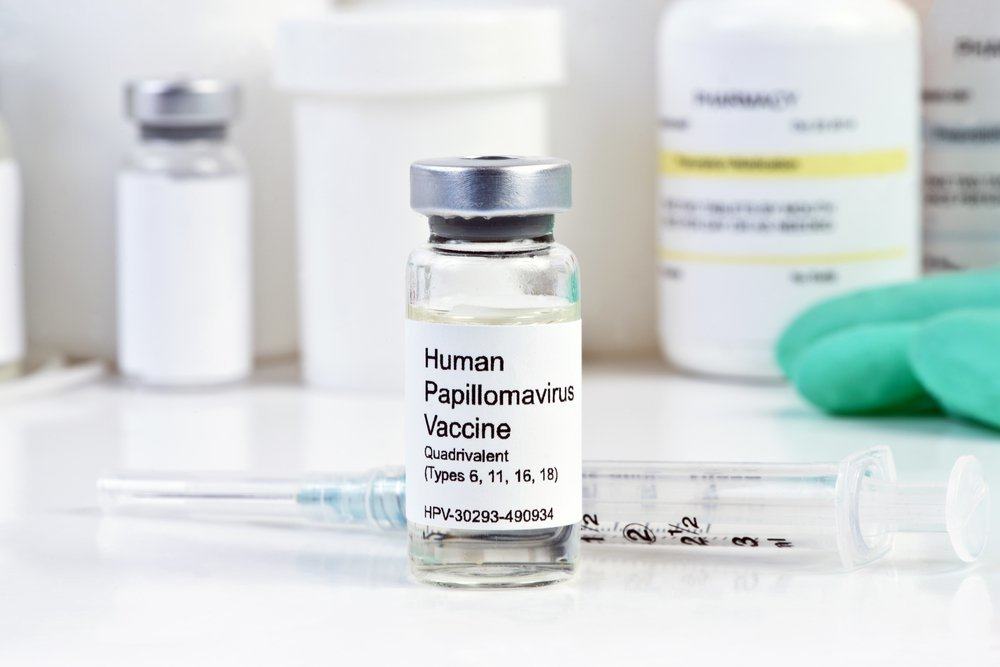Contents:
- Medical Video: Standing up to Heel Pain
- Heel spurs, causes of heel pain when standing up
- Symptoms arising from heel spurs
- Causes of heel spurs
- Who is at risk for this?
- Treatment and care as well as preventive measures for heel spurs
- How to prevent it?
Medical Video: Standing up to Heel Pain
Not a few people who complain about their heels hurt after getting up from sitting long or lying down. The heel pain after resting for a long time is a characteristic feature of heel spurs. What is heel spurs? How to treat it? Find out the answers in the following review.
Heel spurs, causes of heel pain when standing up
Heel spurs are long, pointed or bent bone protrusions at the bottom of the heel formed from calcium deposits. Apart from being known as heel spurs, this condition is also called calcaneal spurs, osteophytes, orHell Spurs.
These bone protrusions are generally about 1.5 cm in size and can only be seen with X-rays. If this condition cannot be proven with the help of X-rays, the doctor will refer to the condition in heel spurs syndrome.
Symptoms arising from heel spurs
Quoted from WebMD, heel spurs can cause very painful heels when just standing up after sitting for a long time, especially in the morning. The pain will feel dull during the day.
However, heel spurs do not always cause heel pain. Some people can initially feel nothing, but the pain slowly appears over time along with bone changes.
Symptoms of heel spurs that may appear include:
- Sharp pain like a heel pierced by a knife
- Blunt pain in the heel
- Inflammation and swelling in the front of the heel
- Heat arises that spreads from around the heel
- Feels like a small bone bulge under the heel
Causes of heel spurs
Heel spurs are caused by calcium deposits that harden under the heel. Over time, these deposits form new bone protrusions. In addition, heel spurs can also occur due to pressure on the muscles and ligaments of the legs, repeated tearing injuries to the membranes covering the heel bone, and also stretching to the plantar fascia.
Who is at risk for this?
Heel spurs are more at risk for:
- Athletes whose activities often run or jump
- People who have high foot arches
- Age increases so that the flexibility of the plantar fascia decreases and the heel bone covering membrane is thinning
- Using shoes that don't fit
- Having excess weight
- Having gait abnormalities resulting in pressure on the heel bone, ligaments, or nerves around it
In addition, some medical conditions can also be the cause of heel spurs, such as:
- Reiter's syndrome or reactive arthritis
- Ankylosing spondylitis
- Idiopathic diffuse skeletal hypostosis
- Plantar fasciitis
Treatment and care as well as preventive measures for heel spurs
There are many treatments taken to relieve the condition of heel spurs, such as home care, taking medication, and the surgical process. Some treatments that can be done at home include:
- Rest so that the pressure and swelling in the legs decreases
- Compress with ice to reduce pain and swelling
- Using shoe inserts (custom-made orthotics) placed under the heel
- Using soft shoes to reduce the pressure and pain that arises
People who have heel spurs as well as plantar fasciitis may not improve just by resting. Because, the pain is recurrent and will be worse after you wake up from sleep and when standing or walking. The pain decreases when you continue to walk, but will appear again after you rest.
If you experience heel pain due to heel spurs that last for more than one month, you should consult a doctor. Usually doctors will apply for non-surgical routine care for 9 to 12 months, such as:
- Stretching exercises
- Taping to rest the stressed muscles and tendons
- Take physical therapy
- Legs at night
There are several drugs that can relieve symptoms of heel spurs, such as paracetamol or ibuprofen, which are easily purchased at pharmacies. In some cases, your doctor will recommend injecting corticosteroids to relieve inflammation in the heel area.
More than 90% of people with heel spurs can recover with non-surgical treatment. However, if it doesn't work then surgery will be performed, such as the release of plantar fascia and removing excess bone. After surgery, you may have to rest, use a bandage, splint, casts, or temporary crutches.
How to prevent it?
To prevent heel pain due to heel spurs occur, then begin to notice what you are doing, especially on your feet. Use shoes that match your activities and size.
Then, maintain your weight by maintaining food intake and exercise routines to reduce the pressure on your feet. However, don't forget to warm up and cool down either before or after exercise.

